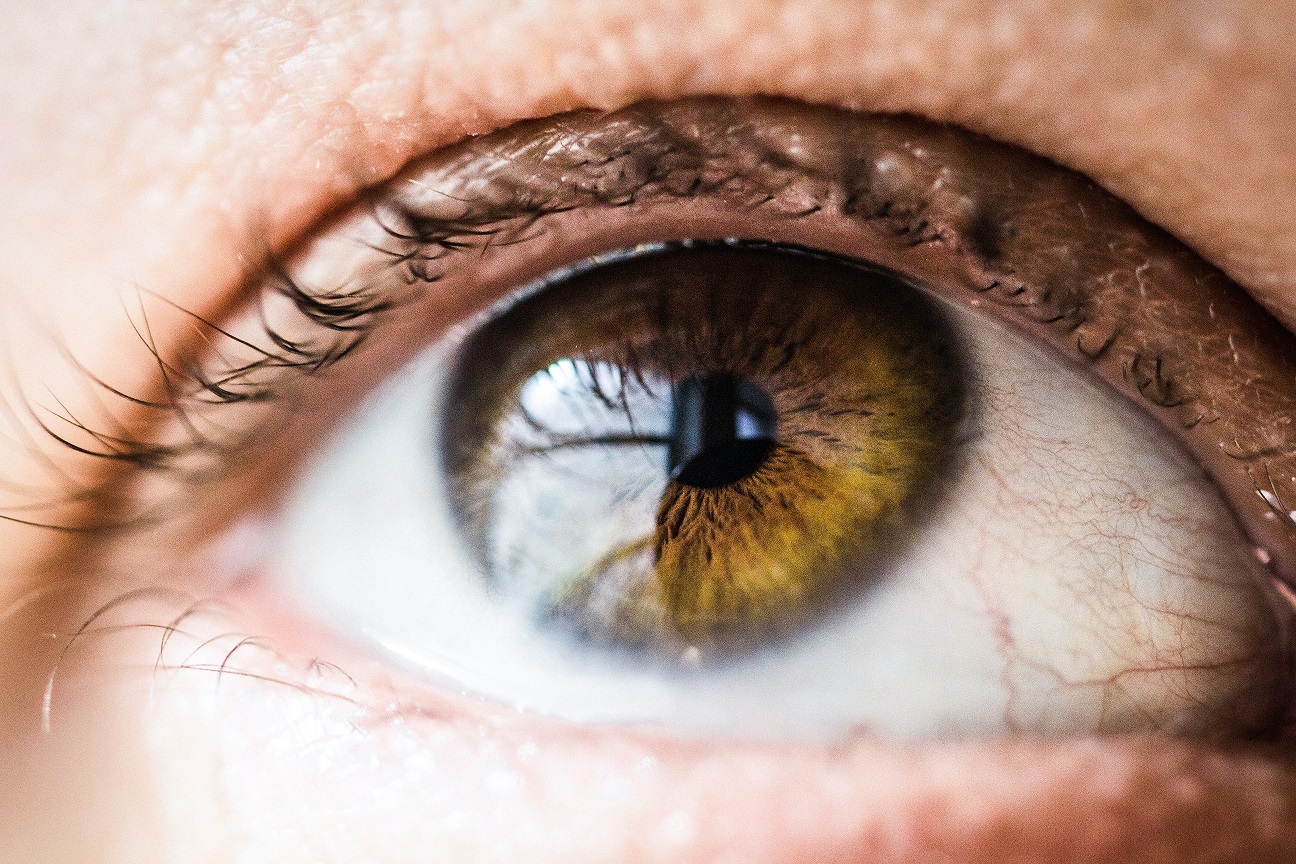Dry eye affects approximately 25% of Canadians, making it one of the most common eye conditions in our country. Dry eye arises from issues with tear production and the condition of your tear ducts, and rheumatoid arthritis can accelerate or be the root cause of issues with your tears. There are a variety of different ways to treat redness, irritation, and blurry vision caused by dry eye, but they all start with the protection and maintenance of your tear ducts.
What is Dry Eye?
Dry eye stems from the inability to produce quality tears that lubricate the surface of your eye. This can be due to an imbalance in the ratio of meibum (oil), water, and mucin contained in your tears. Dry eyes can also arise from the inability to produce enough volume tears or from tears evaporating too quickly to get their intended result of lubrication.
Causes
- Inadequate Tear Volume: If you do not produce enough tears, then you will most likely be afflicted by dry eyes. Tears are produced by several different glands, which are located in and around your eyelids. Age, certain medical conditions, dry climate, wind, and medications can affect your ability to produce enough tears or can affect how quickly your tears evaporate.
- Poor Tear Quality: Proper tear quality is related to the ratio of mucin, water, meibum in your tears. If the ratio is imbalanced, then your tears will not properly lubricate your eye’s surface, which can lead to dry eye disease. If the lacrimal gland (the gland that produces the water layer) is not producing enough aqueous, then the eyes can dry out very quickly. Health issues such as autoimmune disease (including rheumatoid arthritis) and inflammatory conditions can both adversely affect this layer.
Symptoms
Some symptoms of dry eye include:
- Red eyes
- Tired eyes
- Blurry vision
- Grittiness
- Foreign body sensation
- Sensitivity to light
- A stringy discharge
- Watery eyes
- Increased glare, particularly while driving at night
Risk Factors
These factors will increase the likelihood of you developing dry eyes.
- Being age 50 and over. Tear production tends to start diminishing as you get older.
- Being a woman. A lack of tears is more common in women. This is especially apparent due to hormonal changes during pregnancy, using birth control pills, or menopause.
- Eating a diet that is low in vitamin A or low in omega-3 fatty acids.
- Wearing contact lenses.
- Having a history of refractive surgery.
Complications
If you currently have dry eyes, these are some of the effects it can have on your life.
- Eye infections. Without an adequate volume or quality of tears, you may have an increased risk of eye infection.
- Damage to the surface of your eyes. Dry eye may lead to eye inflammation, abrasion of the corneal surface, corneal ulcers, and vision loss.
- Decreased quality of life. Dry eyes can make it difficult to perform a variety of everyday activities and can be a hindrance in almost every situation.
Let’s explore more about how rheumatoid arthritis may play a role in your dry eyes.

What is Rheumatoid Arthritis?
Rheumatoid arthritis is an autoimmune and inflammatory disease. This means that your immune system will attack healthy cells in your body by mistake and cause painful inflammation. Rheumatoid arthritis mainly affects the tissue of your joints, but can also cause medical problems with your heart, lungs, nerves, eyes, and skin.
Can Rheumatoid Arthritis Cause Dry Eye?
Rheumatoid arthritis can cause dry eye by affecting the tissue in and around your eye through inflammation. The most common effect of rheumatoid arthritis on your eyes is the inflammation of the glands around your eyes, which causes abnormalities in the production of your tears. Rheumatoid arthritis can also affect the sclera of your eyes, which can result in redness and pain.
How do I Know if Rheumatoid Arthritis is Causing My Dry Eye?
Consult with your optometrist or ophthalmologist and receive an eye examination focusing on eye disease diagnosis and management. If you know you have rheumatoid arthritis and begin experiencing dry eye disease, your arthritis is most likely the cause of your condition. This is not always the case though,but it is important to consult with an eye doctor first before seeking treatment options.
How to Treat Dry Eye Caused by Rheumatoid Arthritis
You can treat dry eye caused by rheumatoid arthritis by using prescription eye drops, eyelid heating & compression, and focusing on the hygiene of your eyes. More in-depth and specific treatment options can be suggested by your eye doctor. Find an eye doctor specialized in treating dry eye here.









